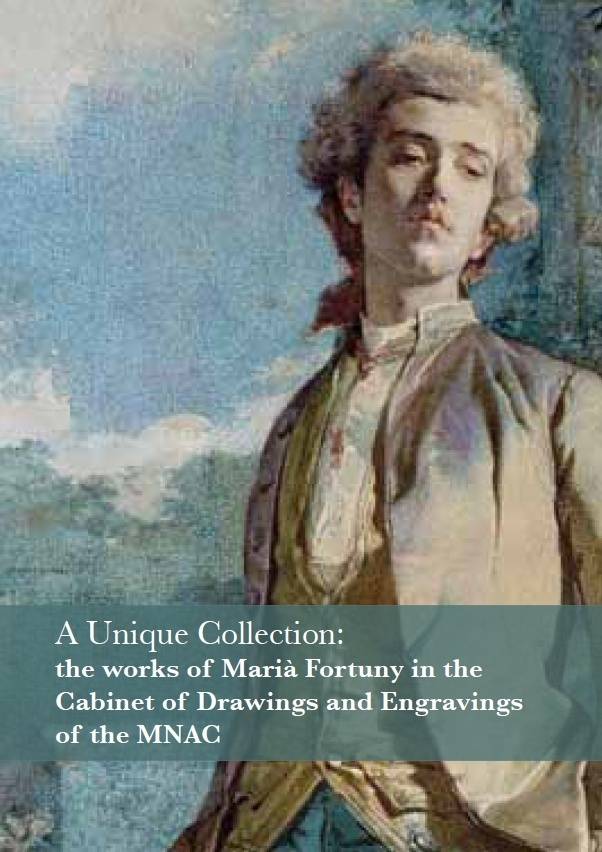ISBN: –
A Unique Collection. The works of Marià Fortuny in the Cabinet of Drawings and Engravings of the MNAC.
ISBN: –
A Unique Collection. The works of Marià Fortuny in the Cabinet of Drawings and Engravings of the MNAC.
Marià Fortuny lived a short and brilliant life and is one of the most brilliant Catalan painters of the 19th century. Had he lived longer, one can only imagine the influence he would have had.
Marià Fortuny i Marsal was born in Reus in Southern Catalonia on June 11th 1838 and died in Rome at the age of only 36 on November 21st 1874.
His talent was discovered and nurtured by his grandfather and teacher Domènec Soberano and in 1852, Fortuny moved to Barcelona to study Fine Art at the Escola de la Llotja.
From 1853, he attended private classes with Claudi Lorenzale, who with Pau Milà i Fontanals, was one of the most influential figures of the Romantic generation and the Nazarene movement, and Lorenzale's influence can be seen in his painting style and his choice of themes based around an idealised middle ages.
In 1858, he won a grant from the Diputació de Barcelona to continue studying in Rome with the painting Berenguer III portant l'ensenya de Barcelona al Castell de Fos and studied the human form at the Acadèmia Giggi.
In 1860, the Diputació de Barcelona commissioned Fortuny to cover the Hispano-Moroccan War as a painter and his work impressed General Joan Prim, who was also from Reus.
The colours, light and exoticism Fortuny saw on his trip to Africa influenced his painting profoundly and can be seen in works such as L'odalisca or La Batalla de Tetuan.
Fortuny returned to Rome and married Cecília de Madrazo, daughter of Federico de Madrazo, in 1867 and shortly after painted his best known work La vicaria, which was exhibited in Paris.
His growing fame led him to travel Spain and Europe and in 1873, Marià Fortuny returned to Rome, where he died on on November 21st the following year.
That year, 1874, a group of painters, who had obviously been influenced by Fortuny's work had an exhibition in Paris under the name of The Impressionists.






